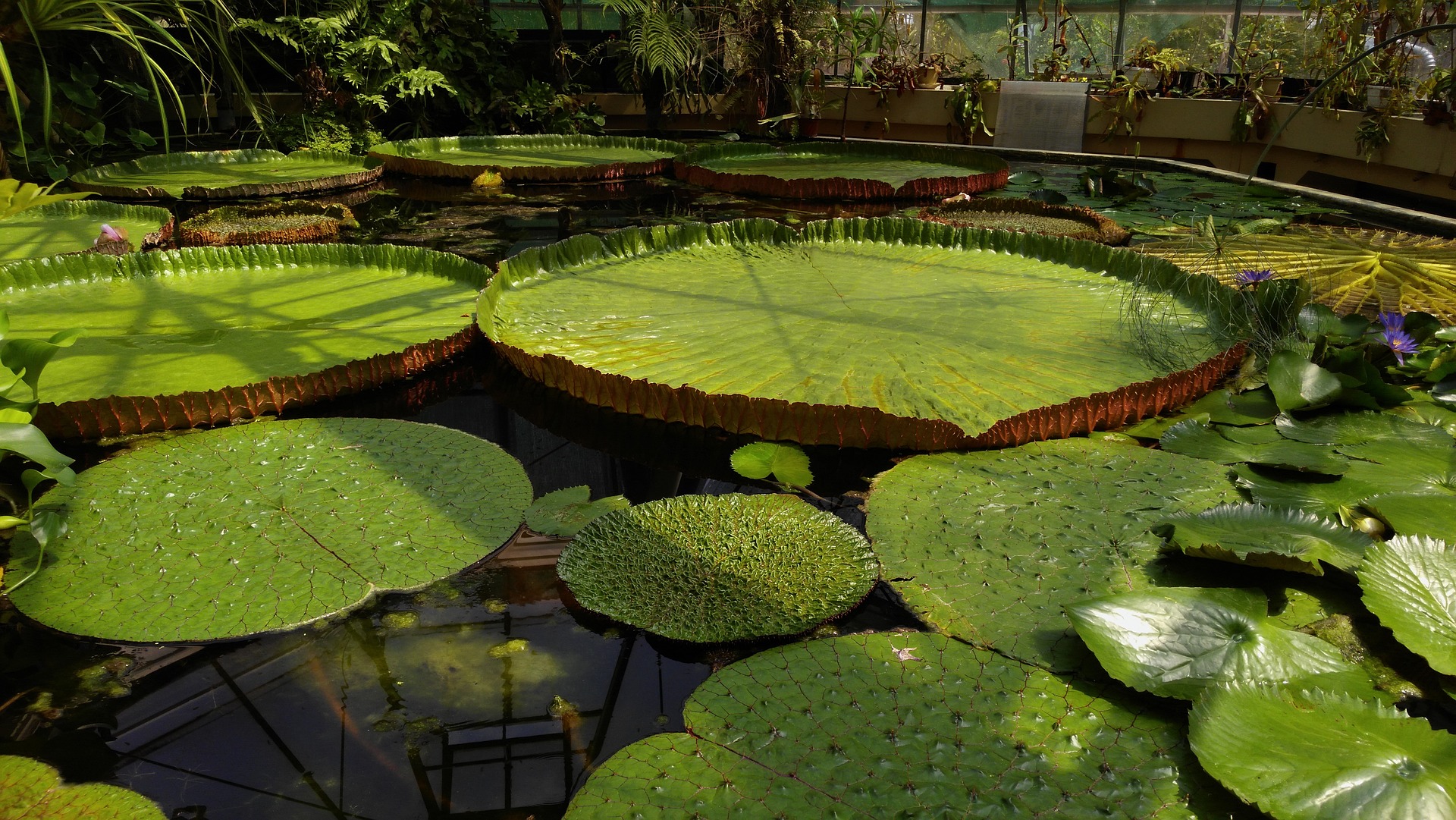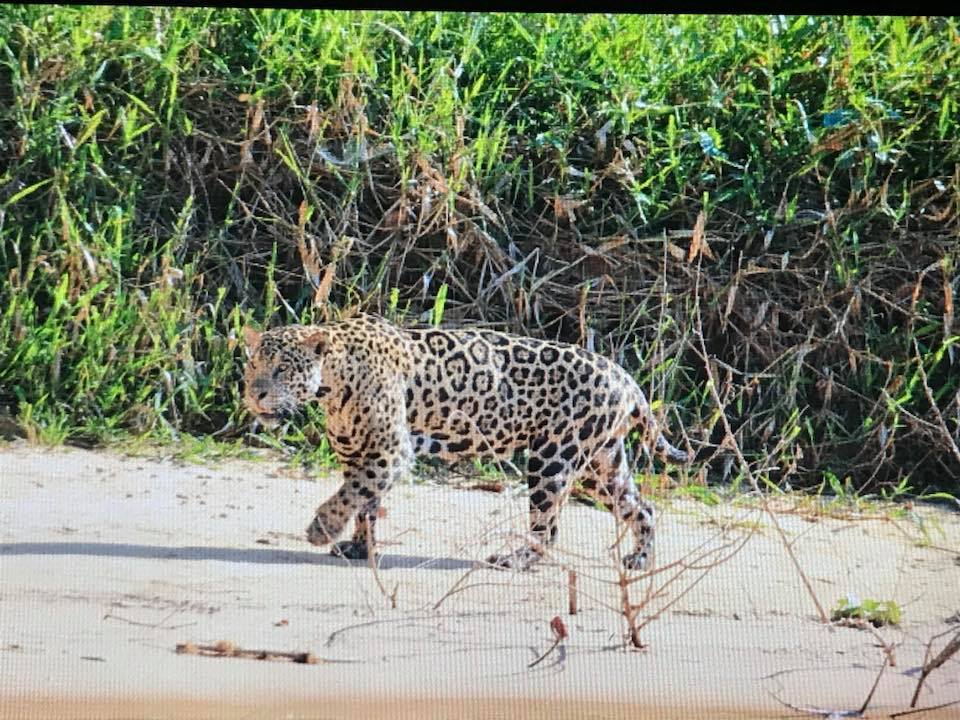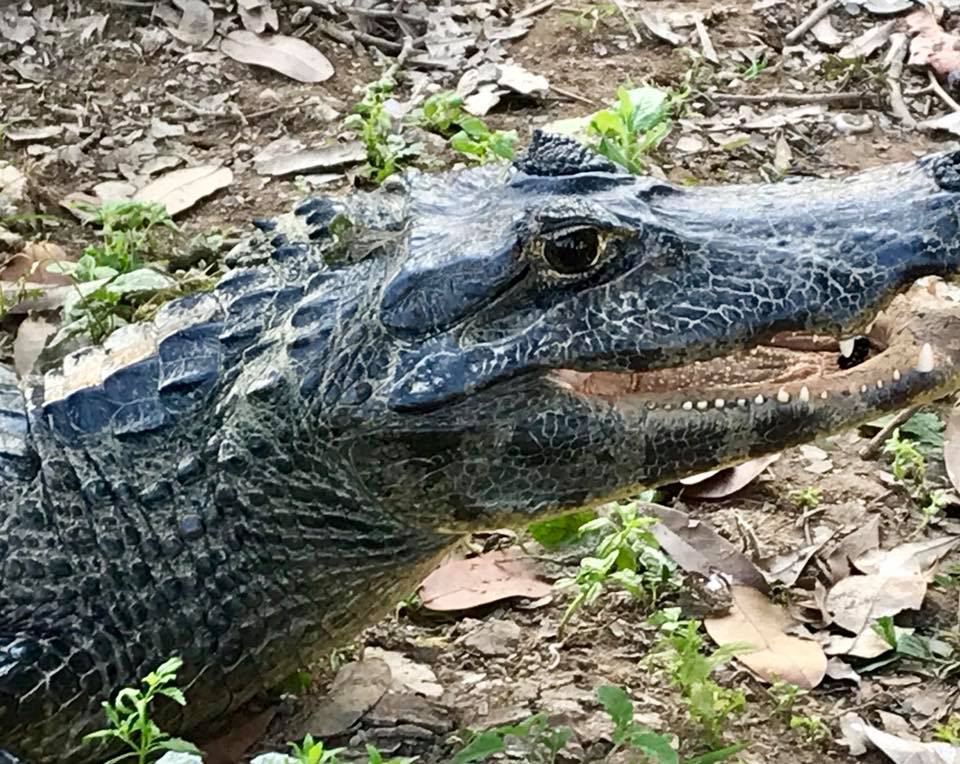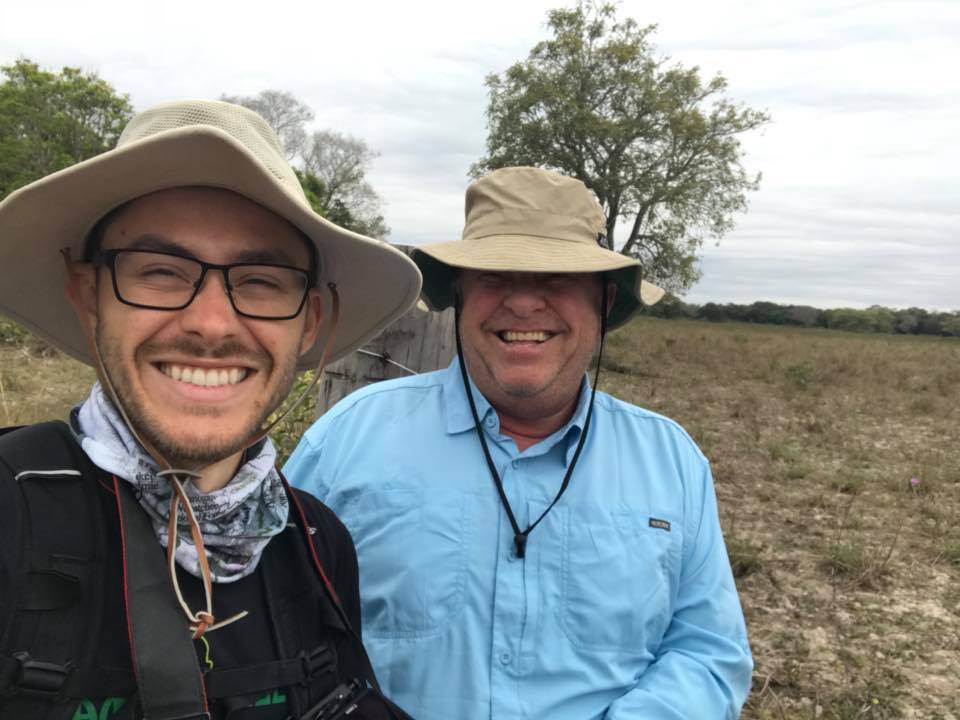
Son Ted and I have become full fledged gauchos, riding on horseback for much of our trip to observe wildfire in the Pantanal wetlands. Photo: Ted Mumford
For the first half of August, my son Ted and I have been exploring the Pantanal, the world’s largest tropical wetlands located in western Brazil. It is home to hundreds of species of birds, exotic animals including jaguars, capybaras, and caimans. My father Bob Mumford was supposed to accompany us, but he injured himself on a nature photography trip earlier this year to Mongolia. We held out hope, but my dad’s injury hadn’t healed enough to allow him to travel again. We miss you, Dad! You can see his work on his website.
We had been planning this three generation trip to the Pantanal for nearly two years. Not only is it disappointing that my Dad is missing out, but that my father was looking forward to photographing the many bird species in the Pantanal. We see plenty of them along with so much wildlife it’s incredible. Even more often, we hear unseen creatures crashing through the brush, and sounding off every day.
Sometimes the bird calls qualify as a din. They can be loud – the toucans and macaws are by far the loudest. If you’ve ever heard the wild flocks of parrots in Ocean Beach, you get the idea.
But they aren’t the only ones. The caimans hiss and grunt like giant hissing cockroaches if you get too close. This one below let me get this close-up, but I heard about it!
Otters squeak. There are shrieks from the different types of monkeys that call the Pantanal home – they can sound a lot like angry people. Screeches, squawks, chirps, bellows and unidentifiable grunts, gurgles and snorts – we hear it all.
But it’s nowhere near as bad as the noise of living in an urban area. Loud voices, machinery, traffic, the normal activities of humanity, it adds up to a lot of noise to process. Cars are one of our biggest sources of noise. No matter where you are in the United States, did you know the furthest you can be from a road is 19 miles? As the result of all the noise in our lives, noise pollution is becoming a serious issue. Noise pollution causes as much damage in its own way as air pollution or water pollution.
Noise can literally take years off our lives. Noise causes stress, which makes us vulnerable to disease. Noise also disrupts our sleep and it causes significant stress. A 2011 World Health Organization study found Europeans lost 1.7 million years of healthy living due to noise – and this study covered only European nations. Our hearts, gut, and nervous systems suffer from noise stress.
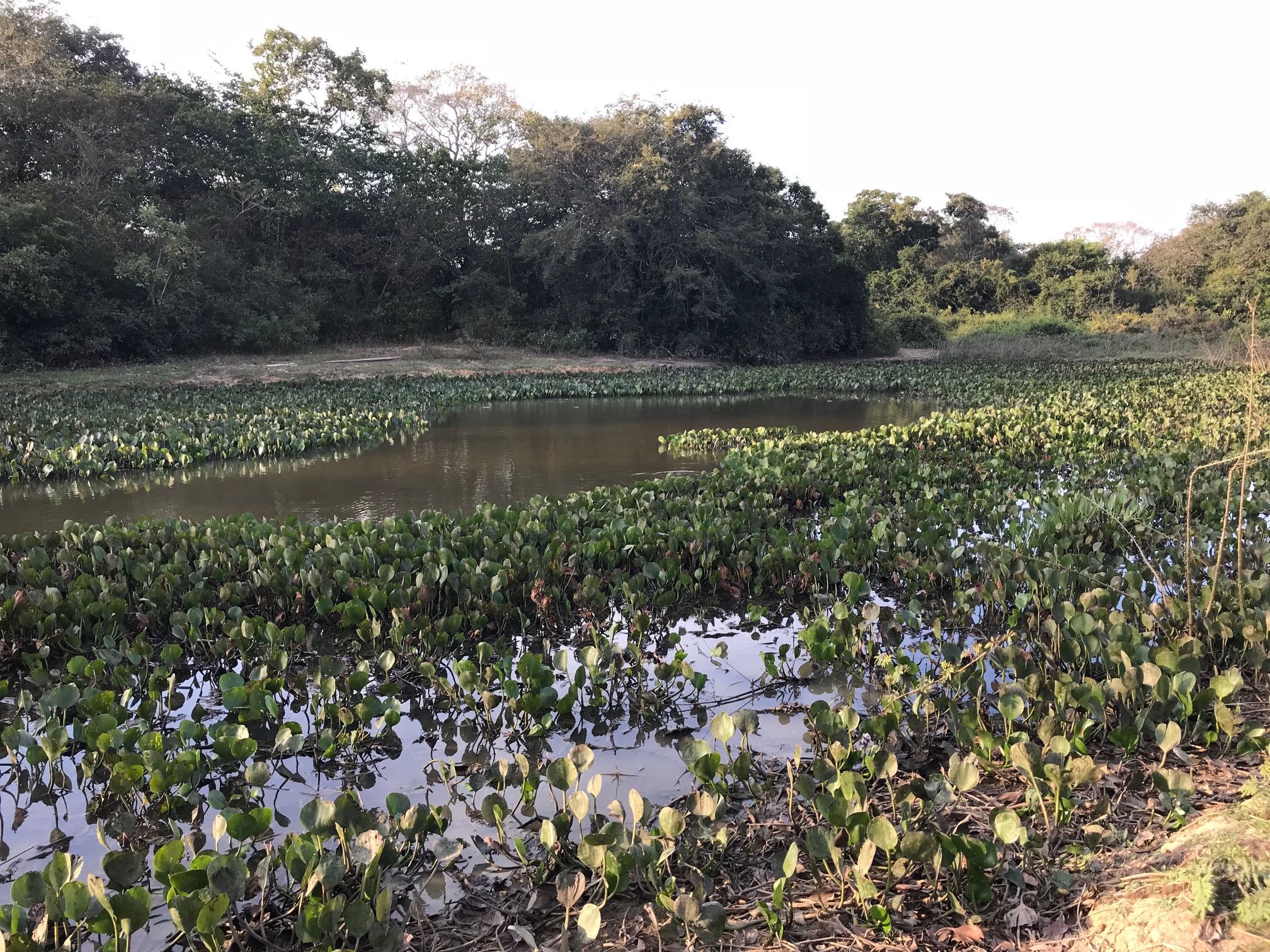
Traveling to a remote place like the Pantanal and experiencing the sound of nature makes me realize how noisy modern life is. Photo: Jim Mumford
If you’re an average person like me, you probably think noise isn’t affecting you personally. But then I traveled to a place on the planet like the Pantanal and realized just how loud our lives are. Sure, there are birds and monkeys – but there aren’t any cars or leaf blowers or loud music. You forget about the drone of an air conditioner all day.
Thanks to this YouTube video, you can experience a little of it, too.
Acoustic ecologist Gordon Hempton believes he has identified the single most quiet place on earth. It’s not in the Amazon. It happens to be in the USA. It is a single spot on Washington State’s Olympic Peninsula, in the Olympic National Park. This single square inch most free of man-made noise pollution is on the Hoh River trail in the park. Hempton has been protecting this place he calls “One Square Inch” ever since he gave it that title on Earth Day 2005.
For seven years, Hempton has led tours to One Square Inch, and he’s fighting to keep air traffic from the Whidbey Island Naval Air Station and Seattle’s SeaTac Airport from flying directly over this area.
Closer to home, noise pollution in our everyday lives is just as bad in its own way as air pollution. But we don’t think a lot about trying to protect ourselves from it. Noise causes stress, and noise shortens our lives.
One common culprit: yes, it’s the infamous open office designs so popular today. With three-quarters of office employees working in such an environment, noise pollution is a real threat.

Not the best solution for noise pollution in an open office. Photo: Pixabay/Creative Commons License
Productivity dives in a noisy workplace. Workers can be 66 percent less productive when forced to overhear a single nearby conversation. When reading or writing, background noise is also damaging to your productivity. You might be a little surprised to learn noise from human conversation is the most distracting and destructive noise, more than hearing the dull roar of office machines, If you are trying to multitask, conversations are even more distracting.
When you actively try to block the noise, you are spending energy on ignoring sound, so you have less energy left for your work tasks.
So why not just wear earbuds or headphones? Listening to music can actually be helpful if your job involves repetitive tasks. But if your work requires you to retain information, music kills off your ability to do this. Earbuds put you at risk of hearing loss if you play music through them at too high a volume, and wear them day after day.
We have frequently talked about ways to improve the open office floorplan’s many flaws. Adding plants, living wall or moss wall partitions, installing planters and other plant based green elements can all dampen down sound, reducing noise pollution. Visit a densely planted place of any kind, and you’ll quickly see how effective this can be. You probably can’t visit the Olympic National Forest or the Pantanal this weekend, but if you walk through the Botanic Garden in Balboa Park or even a forested trail, you’ll notice right away how much ambient noise is stripped away.
Like this:
Why does this work? Three reasons:
- The sound waves of noise hit plant leaves instead of bouncing off hard walls, and they are deflected away in different directions
- Plant leaves work a lot like carpeting to prevent sound waves from bouncing
- Every part of a plant can actually absorb sound – not only the leaves but the stems, flowers, and even the roots. The thicker the plant, the more sound it can absorb.
We know you probably can’t convince the boss to get rid of the open office plan. But you can improve it with a few simple changes. Add plants and think about ways to “conserve” sound the same way we conserve water and recycle, as a normal way of life.
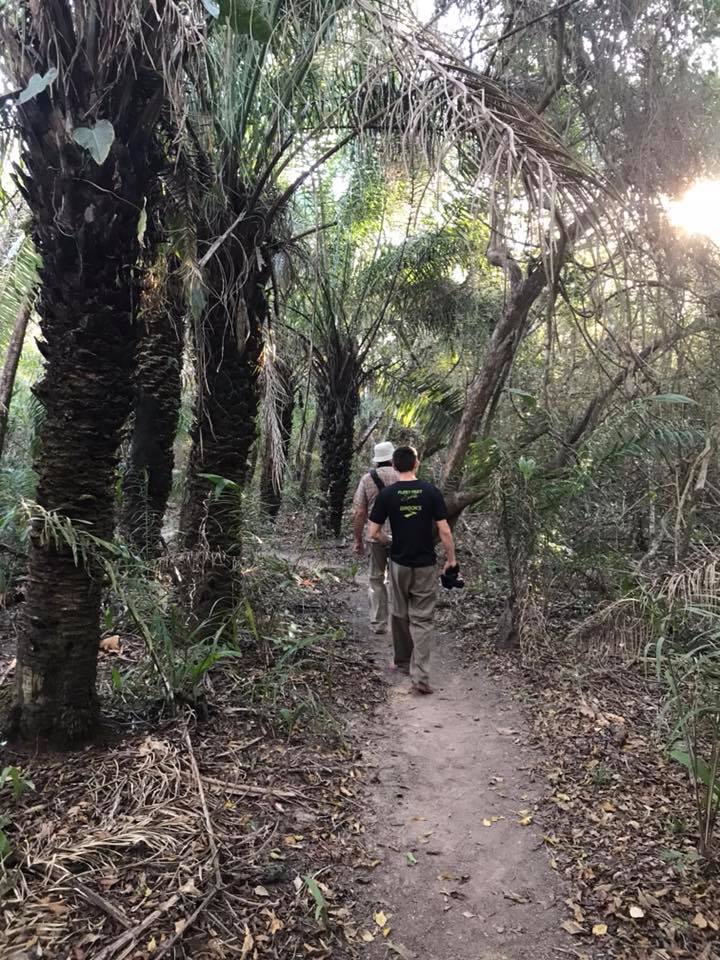
Please visit some of the the world’s remarkable places like the Pantanal – soon. Photo: Courtesy Jim Mumford
And – visit some of the world’s wonderful quiet places like the Olympic National Forest or the Pantanal, before they are overwhelmed by noise. Let’s hope it doesn’t happen anytime soon.
PS – I realize this may give my family and friends a reason to tell me to shut up. If you’ve read this far, I’ll give you a pass if you mention this blog post!

